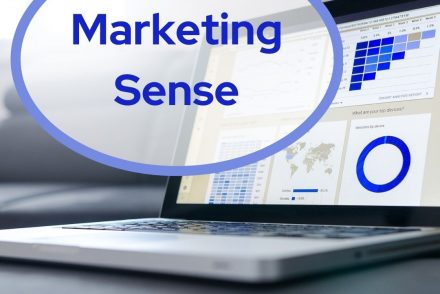
Marketing Sense
Do You Really Need to Use Email? (Part Two)
In Part One we discussed how very valuable email is to our platform, and why using an email provider…
June 12, 2024
In Part One we discussed how very valuable email is to our platform, and why using an email provider…
June 12, 2024
When a new subscriber signs up for a Lead Magnet (those 3–10-page free resources we offer in exchange for…
November 12, 2023
Authors need to grow their platform. Authors want to sell books. One thing the marketing experts usually agree on…
September 24, 2023
Email marketing is a tried and true practice in the marketing space and has been for a long time.…
October 2, 2021
You never thought it would happen to you. One minute, you were ecstatic to hear that special “bing!” when…
May 12, 2021